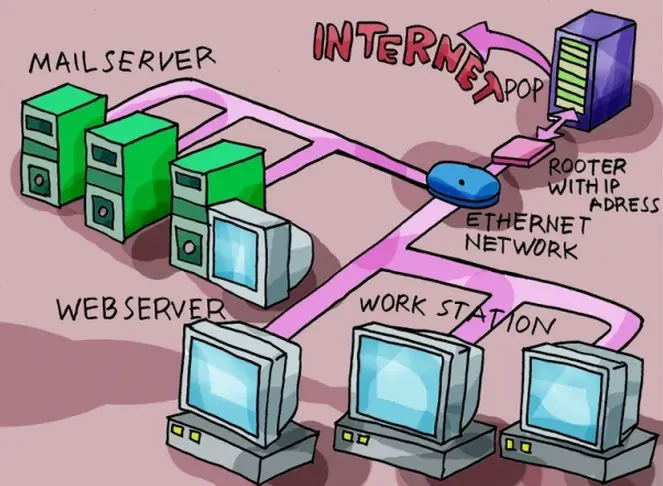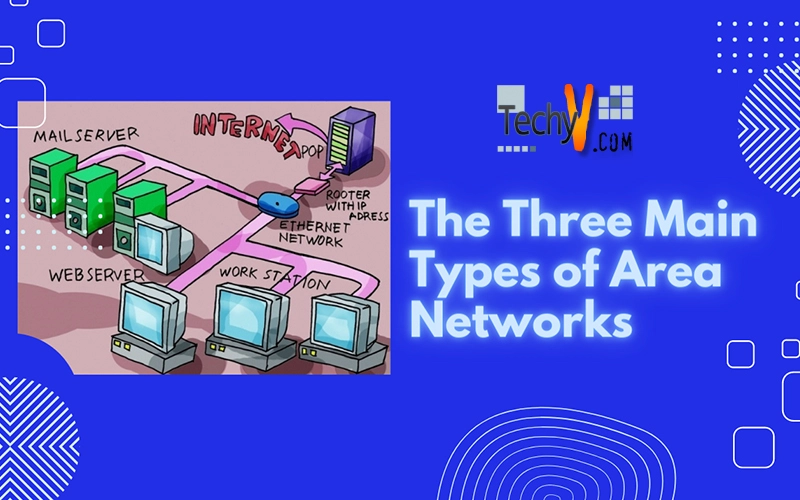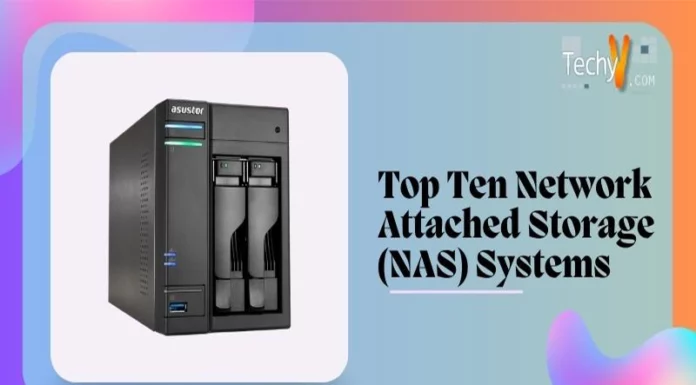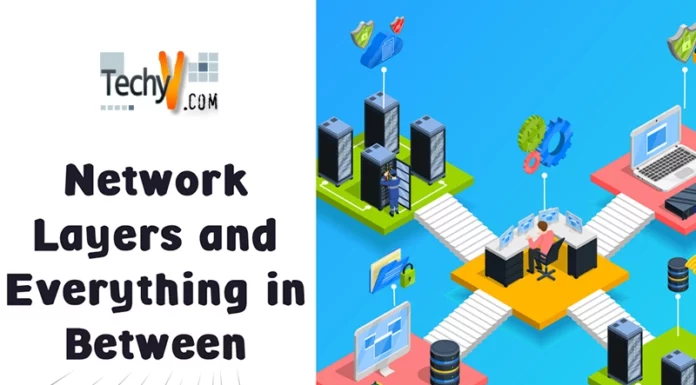The Three Main Types of Area Networks
LAN, MAN, and WAN are three types of computer networks. How did they come about, what are the differences between them, and how can you connect to them? Read on to find the answers to these questions.
Local Area Network (LAN)
LAN stands for Local Area Network. In this case, “Local” generally means within the same building. The most common network technology used on a LAN is Ethernet, which refers to the type of equipment used to connect the computers making up the network.
As early as the late 1960’s and early 1970’s, various research labs and universities developed various ways to interconnect their own computers. However, none of these methods gained any form of wide acceptance, and generally only worked with the specific type of computer for which they were developed.
Ethernet networking was developed in the 1970’s in the research lab at Xerox Corporation. Researchers Metcalfe and Boggs developed the system over a three year period, between 1973 and 1975, and the system was then patented under patent # 4.063.220. The following year they published their research paper, entitled “Ethernet: Distributed Packet-Switching for Local Computer Networks”. This is when Ethernet networking became the standard for Local Area Networking.
LAN networking connects computers using network cards and cables, usually via a network switcher to one another. Computers may be connected directly to one another, and each computer shares it’s resources, such as files stored on the hard drive and printers attached to the computer. This is generally the case in smaller networks, such as home networks and very small business networks, where there may only be between 2 and 4 computers on the network. This network layout is called a peer-to-peer network. If one of the network computers is not connected for some reason, then the printer attached to that computer would not be available to the other network users.
The most common method of setting up an Ethernet Network is on a client/server basis. In this scenario, all the data is located on the server. Each of the computers, termed clients, is connected to the server. Then, when a computer user needs access to a particular data file, the server “serves” this file to his computer – the “client”.
In this type of set up, there may still be printers connected to an inpidual users computer and shared with the other users, just like a peer-to-peer network. However, there may be a central high-speed printer, attached directly to the server and shared by all the users. As the server is permanently switched on (or else nobody can access the network), this printer is always available, overcoming one of the drawbacks of shared hardware on a peer-to-peer network.
As Ethernet technology (and the software driving it) has developed over the years, IP (or Internet Protocol) technology has been integrated into LAN networks. This enables each computer or network cable device on the network to be given a unique address and accessed directly via that address. This is termed an IP address.
To set up a client/server LAN, all that is required are network server, running server software, and a cabling system (using CAT5 cable) to connect the computers. All computers these days come with an Ethernet networking card as standard, and modern operating systems that can all run Ethernet networking. So there is generally no need to install network client software.
Metropolitan Area Network (MAN)
MAN stands for Metropolitan Area Network. These types of networks are comprised of number of LANs within the same city which are interconnected. Being within the same metropolitan area, they are usually directly connected via cabling, usually a leased data cable from a telecoms company.
A good example of a MAN would be the various departments of the city authorities. Although departments are situated in different parts of the city, they are connected to one another in order to share data.
In each location or building, there would generally be a separate LAN, as described above. Each of these LANs would be connected to one another, and due to IP addressing, any shared information from one department would be seamlessly available in another department as if they were in the same building.
Each user, whether on the LAN or the MAN, would have their own unique username and password. When they log onto the network, the server would only allow them access to the particular data files and network resources for which they have been granted permission. For example, the Chief Financial Officer of the city would have access to financial records in any department, no matter where that department is physically located. While the city librarian would not have access to records from any other department, the local police, for example, may have access to license and address details on the DMV (Department of Motor Vehicles) computers, but would not have access to the financial records of any department within the city. These permissions are set up and maintained by the network manager.
For all intents and purposes, the MAN could operate as a large LAN. In practice however, and for purposes of security, the users are most likely to be required to log onto each department network inpidually rather than being logged into them all.
Wide Area Network (WAN)
A WAN or Wide Area Network consists of any number of LANs and MANs which are geographically far removed from one another, yet still interconnected. Basically, it is a MAN on a much wider scale. Due to the vast distances between the inpidual LANs, they are generally connected using telecommunications technology.
The WAN may be private or public. A large multinational corporation would run on a private WAN, accessible only by the various pisions within the corporation. The interconnectivity may be private or public leased lines (or even satellite technology), which carries only the bandwidth and data for their company. This is, however, extremely expensive. A fairly recent development is the leasing of shared communication lines, where your data is kept separate from that of other users sharing the same infrastructure. This technology is called a VPN or Virtual Private Network. It operates totally like a private network running over a private communications backbone, but in reality, it is not.
A WAN may also be public. In other words, publicly available rather than being restricted to a specific group of users. The best example of a large public WAN is the Internet itself.



















